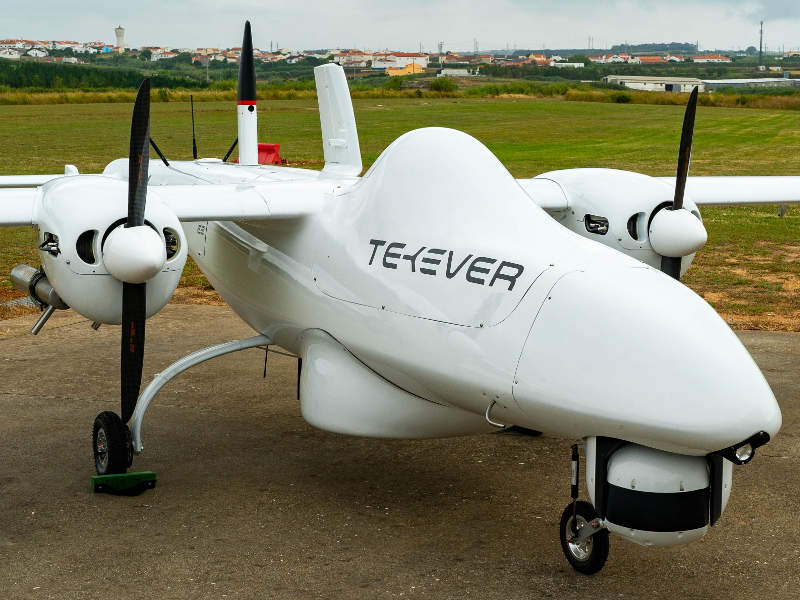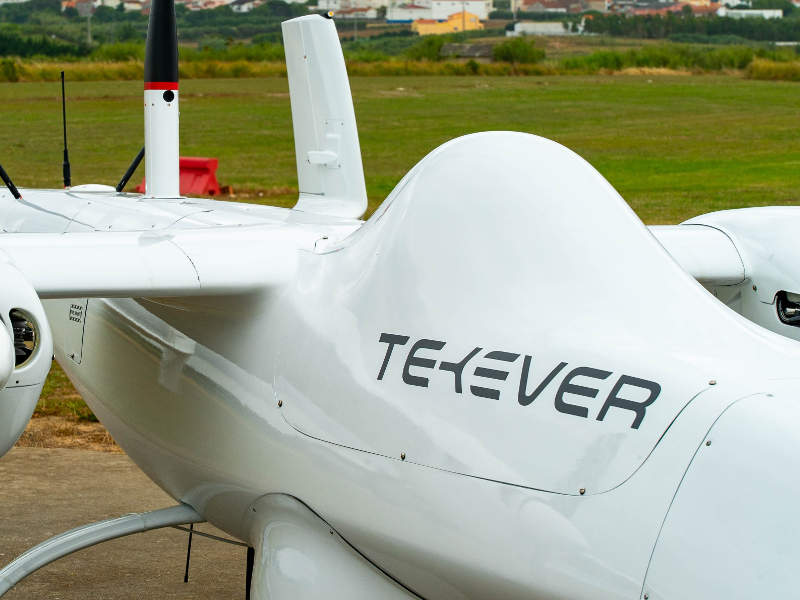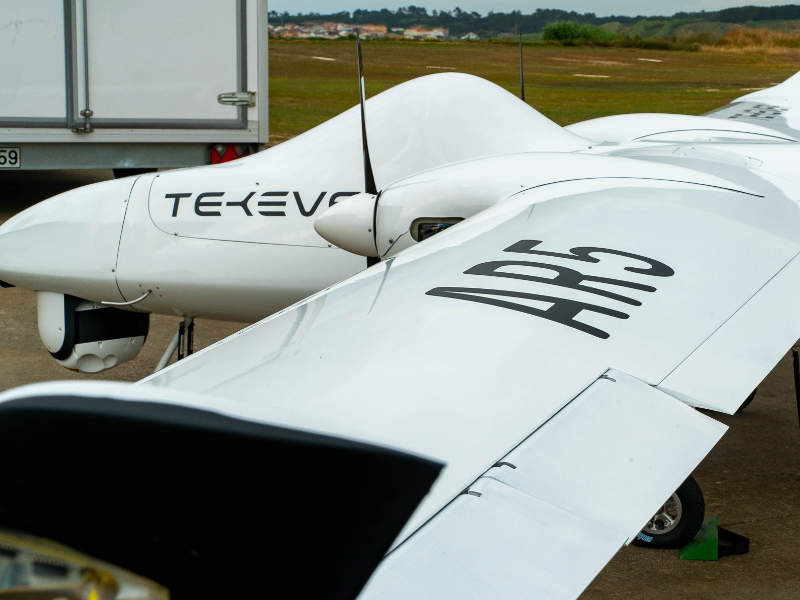Tekever AR5 Life Ray Evolution is an unmanned aerial system (UAS) developed by Tekevar, a Portuguese firm specialising in the development of autonomous systems. The UAS is designed to meet the medium-altitude and medium-endurance mission requirements of maritime agencies and navies worldwide.
The unmanned vehicle was launched at the Farnborough International Airshow held at Farnborough, France, in July 2018.
The primary missions of AR5 include search-and-rescue (SAR), and maritime surveillance and patrol. The UAS can also be used for wide-area surveillance, near-shore pollution monitoring, fisheries inspection and communications relay missions.
The AR5 UAS was selected by the European Maritime Safety Agency (EMSA) for the Rapsody programme. Tekever received a contract from the European Maritime Safety Agency to deliver UAS-based maritime services in mid-2017.
The ITAR-free UAV will support maritime surveillance and environmental monitoring missions over the Atlantic Ocean, the North Sea and the Mediterranean Sea for a period of two years.
Tekever AR5 UAS design and features
The fixed-wing UAV features a high-wing configuration and monocoque airframe made of composite materials. Its slender fuselage is streamlined to deliver high performance in adverse conditions.
The UAS houses avionics, cameras, sensors, a fuel tank and power plant. The two vertical fins at the rear end of the vehicle are arranged in an ‘H’ shape.
The overall length of the unmanned vehicle is approximately 4m, while the wingspan is 7.3m. The UAS has a maximum take-off weight of 180kg and can carry a maximum payload of 50kg, which excludes on-board sensor and communication systems.
Sensor suite on board Tekever AR5
The sensor package on board the UAS includes a multi-sensor three-axis gyro-stabilised gimbal and automatic identification system (AIS) receiver. It is equipped with high-precision cameras and video equipment. The real-time data gathered from the sensors and cameras will be relayed to the control station for further analysis.
The multi-sensory pattern detection capability enables the UAS to perform autonomous surveillance of large land and maritime areas. It uses optimised algorithms to detect oil spills in large water bodies.
The vehicle can be optionally fitted with a five-sensor gyro-stabilised gimbal, multiple electro-optical / infrared (EO/IR) sensors, emergency position indicating radio beacon (EPIRB), maritime radar and synthetic aperture radar (SAR).
Communication packages of the UAS
The Tekever AR5 maintains communications with the ground control operators using the line of sight (LoS) communication package. The vehicle is also compatible with a high-speed beyond line of sight (BLoS) satellite communication relay.
The LoS communication package employs control and non-payload communications (CNPC) software-defined radio (SDR) data link operating within a frequency range of 400MHz and 1.2GHz.
The UAS uses commercial Satcom services for BLoS CNPC and payload control in an L-band frequency range.
Tekever AR5 engine and performance
The Tekever AR5 UAS is equipped with two engines mounted on the wings. Each engine is coupled to a two-bladed propeller.
The maximum cruise speed achieved by the UAS is 100km/h, while the maximum endurance is 20 hours, which makes it suitable for long-range missions.
The unmanned system is integrated with a fixed tricycle landing gear, which enables the UAS to perform take-off and landings on unprepared airstrips. The UAS is also equipped with an automatic take-off and landing (ATOL) system.






